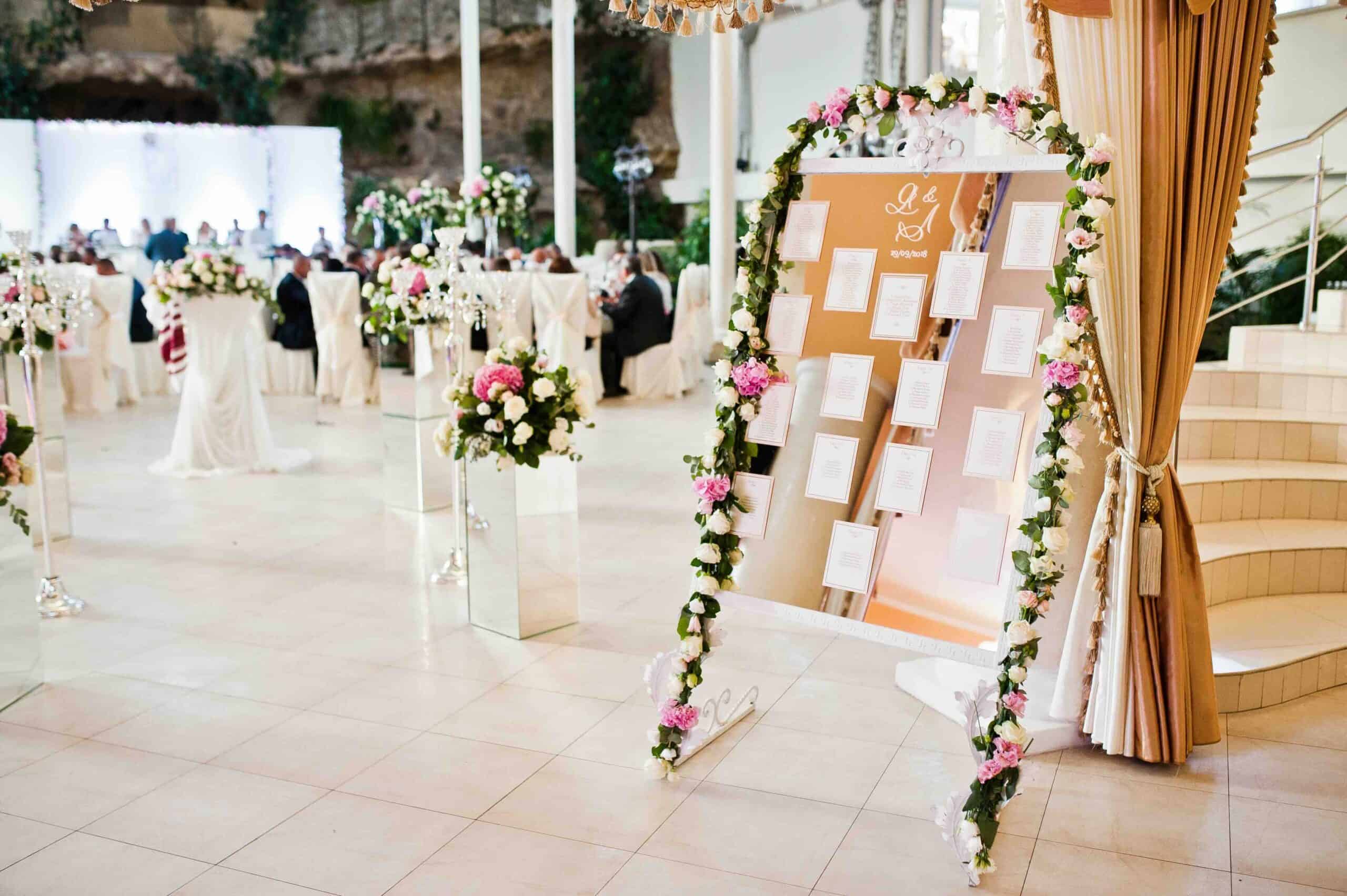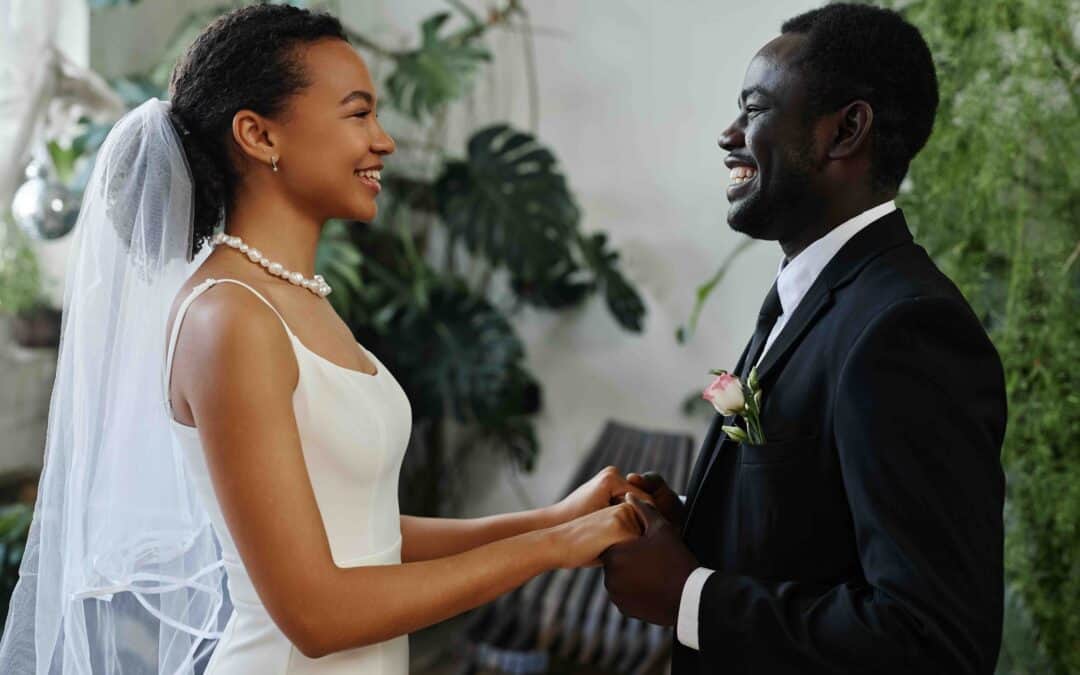Planning your wedding seating chart can be one of the trickiest parts of the planning process, but with the right approach, it can be both beautiful and functional. A well-organized seating arrangement ensures that your guests are comfortable and enjoy the celebration. Here’s a guide to creating a stunning wedding seating chart while avoiding awkward situations.
1. Finalize Your Guest List
Before you start mapping out seating arrangements, ensure that your guest list is complete, and all RSVPs are in. Knowing the final count helps you determine table sizes and configurations.
2. Choose the Right Table Layout
Your venue’s layout will play a big role in how your seating chart is designed. Consider:
- Round Tables: Encourage conversation and are great for a formal setting.
- Long Banquet Tables: Perfect for a rustic or intimate wedding.
- Mixed-Shape Tables: Adds visual interest and flexibility for seating different groups.
3. Prioritize VIP Seating
Your immediate family, bridal party, and closest friends should have prime seating near the couple. Consider a sweetheart table (for just the couple) or a head table (including the wedding party) to ensure a special arrangement.
4. Group Guests Strategically
To create a comfortable atmosphere, seat guests with people they know and get along with. Some strategies include:
- Family Tables: Keep close family members together but be mindful of any family tensions.
- Friend Groups: Place friends who have common interests or history at the same table.
- Coworkers: Keep work colleagues together, but mix them with mutual friends if possible.
- Singles Table: If including one, mix singles with fun and outgoing guests rather than isolating them.
5. Avoid Awkward Pairings
Be mindful of relationships and past conflicts. Avoid seating ex-partners, estranged family members, or known rivalries together. If needed, place them at opposite sides of the room to minimize potential discomfort.
6. Consider Guest Comfort
- Elderly Guests: Seat them away from loudspeakers and ensure easy access to restrooms.
- Parents with Small Children: Provide space for strollers or easy exits if needed.
- Guests with Disabilities: Ensure accessible seating arrangements are available.
7. Make Your Seating Chart Visually Appealing
Your seating chart should not only be practical but also add to your wedding decor. Popular display ideas include:
- Elegant Mirrors with Calligraphy: Adds a timeless touch.
- Framed Escort Cards: Guests pick up their table assignments in a stylish way.
- Hanging Floral Displays: Beautiful and functional signage.
- Chalkboard or Acrylic Signs: A modern and trendy approach.
8. Use Seating Chart Tools
Consider using digital tools like AllSeated, WeddingWire, or Table Planner to visualize your layout before finalizing it.
9. Have a Backup Plan
Last-minute guest changes happen, so be prepared with a flexible seating arrangement or extra chairs to accommodate unexpected shifts.
10. Communicate Clearly
Ensure guests can easily find their tables with clear signage and table numbers. Assign a staff member or wedding coordinator to assist if needed.
Final Thoughts
Creating a seating chart takes thought and planning, but with these strategies, you can ensure a smooth and enjoyable experience for all your guests. By balancing comfort, practicality, and aesthetics, your seating chart will contribute to a stress-free and beautiful wedding day!











